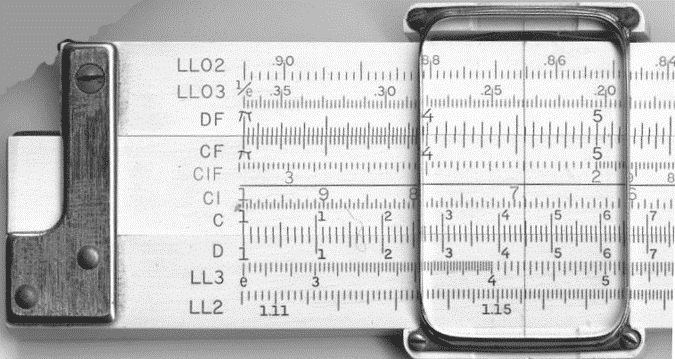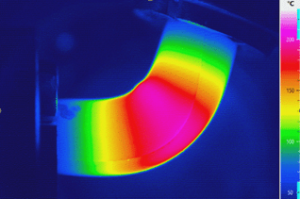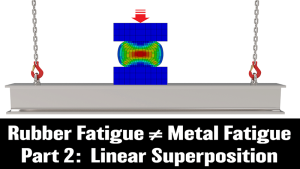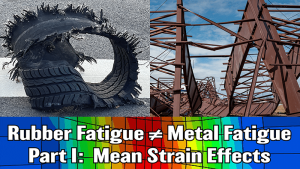Because Endurica’s Critical Plane Analysis is a relatively new approach to fatigue analysis of elastomers (introduced in 2001), new users often ask whether its predictions are conservative: i.e., does its predictions reliably lean in favor of safety? And is it more or less conservative than the traditional approaches it supplants?
Fatigue analysis for elastomers follows two distinct traditions. The earliest tradition traces to Sidney Cadwell’s work in 1940 which followed the even earlier ideas of metal fatigue pioneer August Wohler. This tradition is based on matching up empirical crack nucleation curves to corresponding in-service operating conditions via convenient parameters such as stress or strain. It is typically the first approach that engineers encounter in their undergraduate training, as it is often effective and relatively simple to apply. A later tradition, Fracture Mechanics, traces to the post-WWII work of Ronald Rivlin and Alan Thomas in 1953 which extended Griffith’s seminal 1921 work on rupture to elastomers. In this tradition, the energy requirements for growing a given crack provide the core organizing principle for analysis. Combined with empirical crack growth rate curves, this approach can make high accuracy life predictions for a very broad range of application scenarios. This approach is typically first encountered in graduate-level engineering programs, and due to somewhat more complicated mathematics, usually requires specialized calculation software to apply it.
There are a few big holes in the Wohler curve approach. For elastomers, perhaps the biggest limitation is that this approach assumes a priori that damage is associated with the maximum principal stress or strain. This is sometimes true for simple cases, but not always: 1) strain crystallization is known to produce off-axis cracking not aligned with the principal stress, 2) compression is known to produce cracks on planes of maximum shearing, and 3) out-of-phase multiaxial loading cases do not even possess a unique, well-defined principal direction – the directions vary in time. It is also well known that Wohler curves for rubber depend strongly on mode of deformation. Fatigue experiments in simple tension, biaxial tension, simple shear, and simple compression do not simply resolve to a single universal curve, as the Wohler approach takes for granted. To use this approach conservatively then requires that the most damaging mode of deformation – simple tension – be used as the baseline.
Perhaps the biggest limitation of the traditional Fracture Mechanics approach is that it typically focuses on only one crack at a time. In fatigue, structures begin with many microscopic cracks distributed randomly throughout. Most of the fatigue life of the structure is spent growing many small cracks. Only towards the very end of life do one or a few large cracks finally emerge as worst cases. True conservatism would mean tracking the growth of all of possible large cracks, and finding out which one(s) grow the fastest. But traditional fracture mechanics tools are not well adapted for this task. They require up front assumptions about the location and shape of the worst case crack. How can you find a worst case without considering many alternatives?
Critical Plane Analysis is simply the idea that a crack could occur anywhere in a structure, and it could occur in any orientation. It checks all of the possibilities, and it finds the worst ones. It looks at the specific loading experiences of each individual crack plane that might occur. It takes account of material behavior like strain crystallization. It takes account of crack closure conditions. It takes account of the fracture mechanical behavior of small cracks. It does not make unwarranted assumptions about the orientation of cracks. It correctly predicts the orientation of cracks for all modes of deformation. It is the most exhaustive and conservative fatigue analysis that you can do.
Don’t mistake traditional approaches with the conservative approach. Critical Plane Analysis is, by definition, the most conservative approach because it doesn’t make any assumptions about crack location or orientation, and because it checks all of the possible ways a crack might occur.








